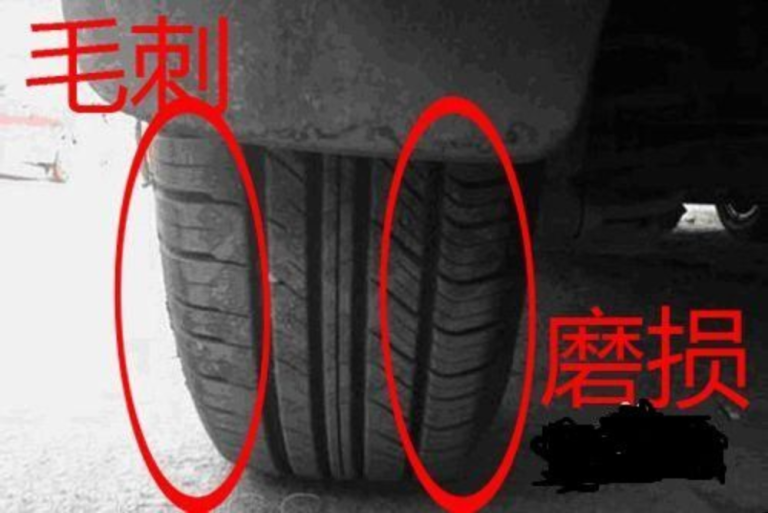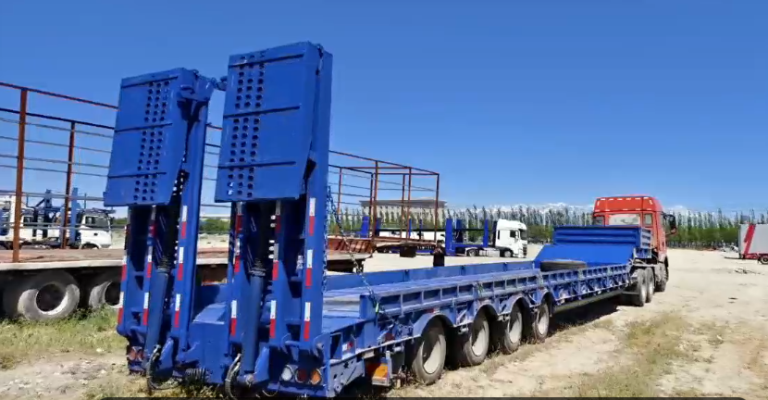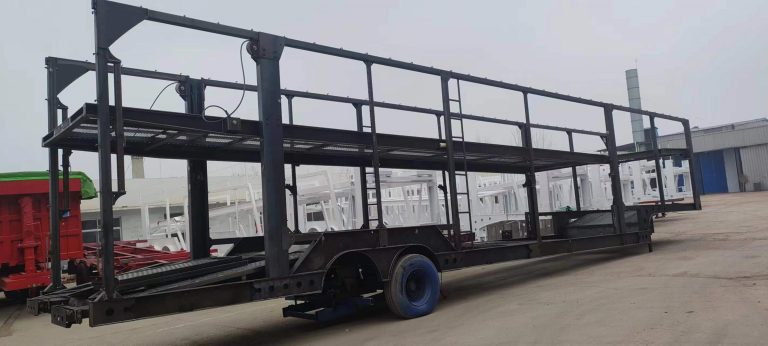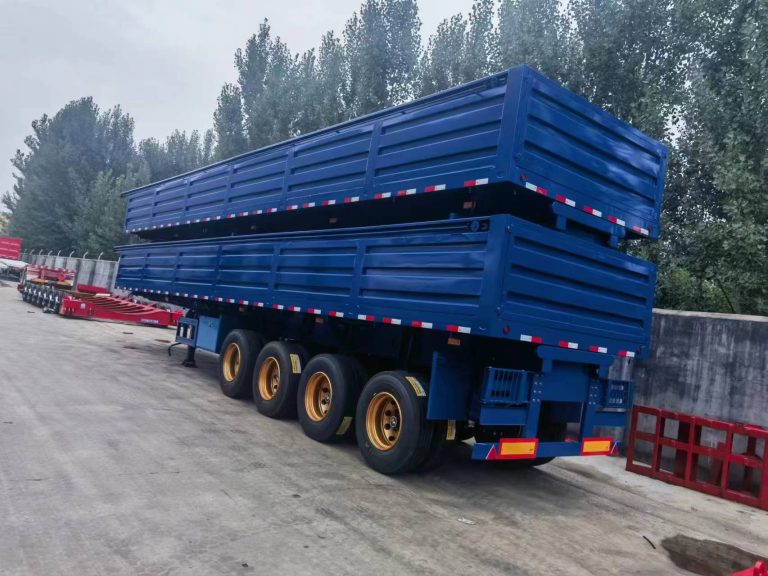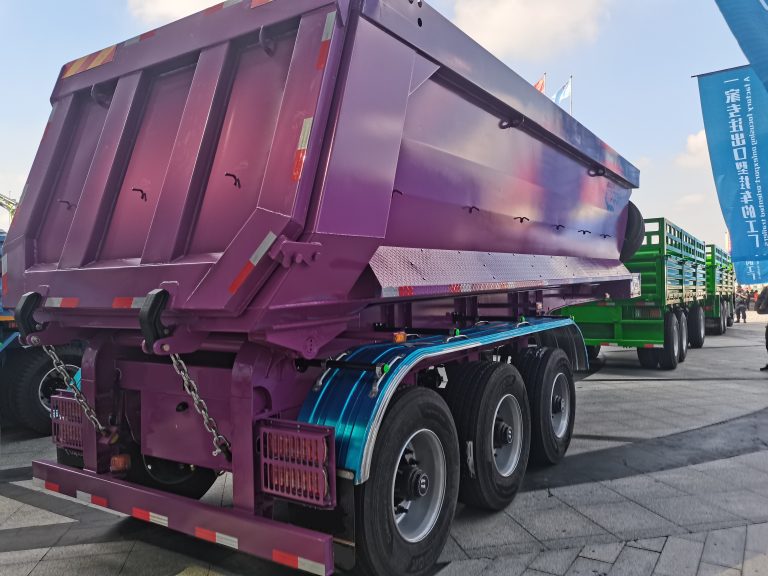Here are several new technologies that can improve the safety of LPG tank trailers:
Intelligent monitoring and control technology
- Sensor monitoring: By installing various sensors on the tank trailer, such as temperature sensors, pressure sensors, liquid level sensors, etc., the temperature, pressure, liquid level and other key parameters inside the tank are monitored in real time. Once an abnormal situation is detected, such as excessive temperature or excessive pressure, the system will immediately issue an alarm to remind the driver to take corresponding measures to prevent accidents.
- Remote monitoring system: Using the Internet of Things technology, the operating status, tank parameters and other information of the LPG tank trailer are transmitted to the remote monitoring platform in real time. Managers can remotely view the operation of the vehicle through the monitoring platform, promptly discover and deal with potential safety hazards, and improve the safety and controllability of the transportation process.
Advanced braking system
- EBS electronic braking system: The EBS system can not only realize electronic braking force control, but also perform active boost braking without the driver making any braking input. This system can actively provide safety protection in dangerous conditions, such as automatically increasing braking force, shortening braking distance, and improving vehicle safety in the event of vehicle loss of control or emergency.
- ESP Electronic Stability System: The ESP system monitors the vehicle’s driving status and automatically adjusts braking force and engine output to help the driver stabilize the vehicle and prevent skidding and rollover. This is especially important for liquefied petroleum tank trailers in complex road conditions or emergency avoidance, and can effectively improve the vehicle’s driving stability.
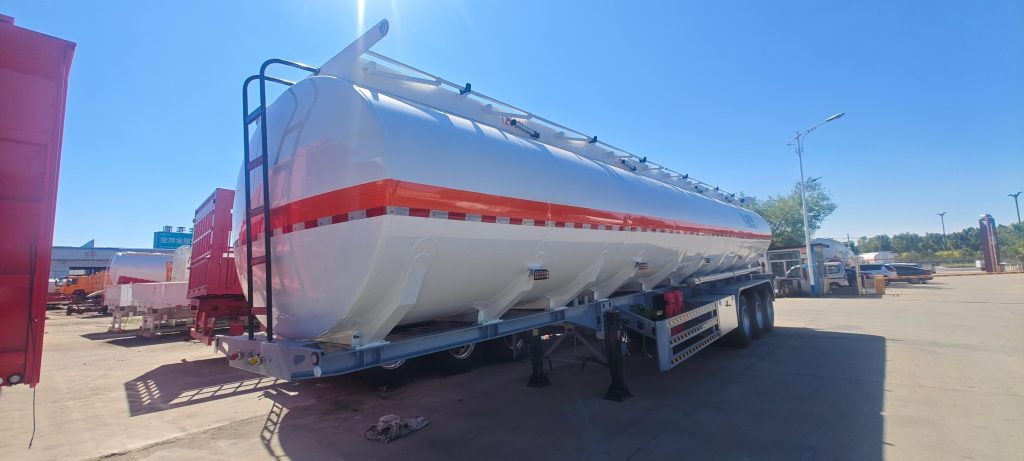
Anti-leakage technology
- Impact-resistant and anti-leakage coating: Coating an impact-resistant and anti-leakage coating on the surface of the tank body can improve the tank’s impact resistance and sealing. Even if a slight collision or vibration occurs during transportation, the coating can effectively prevent cracks or leaks in the tank body, ensuring the safety of transportation.
- Emergency cut-off device: The advanced emergency cut-off device can quickly cut off the connection between the tank body and the outside world in the event of leakage or other emergencies. This device usually consists of an emergency shut-off valve, a remote control system and an automatic shut-off device for fusible plugs, which can effectively prevent large-scale leakage of liquefied petroleum gas and reduce the risk of accidents.
Fire and explosion prevention technology
- Explosion-proof device: Install explosion-proof devices on the tank trailer, such as flame arresters, explosion-proof lighting equipment, etc. These devices can effectively prevent fire and explosion accidents caused by static electricity, sparks, etc., and improve the safety of the transportation process.
- Fireproof material: Use fireproof materials to protect certain parts of the tank trailer, such as setting a fireproof isolation layer around the tank body, which can effectively prevent the spread of fire and protect the safety of the tank body and transportation personnel.
Intelligent trailer technology
- Intelligent trailer control system: For example, Knorr-Bremse’s TEBS trailer electronic control system not only includes ABS function, but also adds trailer anti-rollover system, electronic brake force distribution system, air suspension intelligent control system, etc. These systems can improve the stability and safety of trailers, such as automatically adjusting the braking force and suspension height when the vehicle turns or brakes to prevent rollover and bumps.
- Intelligent network technology: Through intelligent network technology, information interaction between vehicles and vehicles, and vehicles and infrastructure can be realized. For example, vehicles can receive real-time road condition information and traffic signals ahead, make corresponding driving adjustments in advance, avoid collisions or accidents, and improve transportation safety and efficiency.


